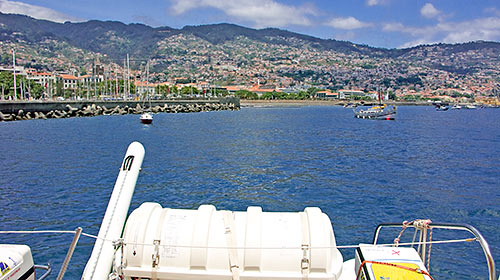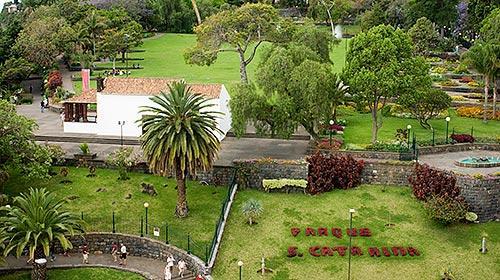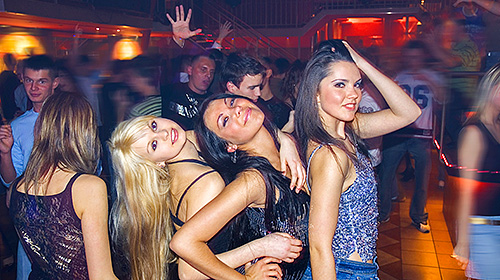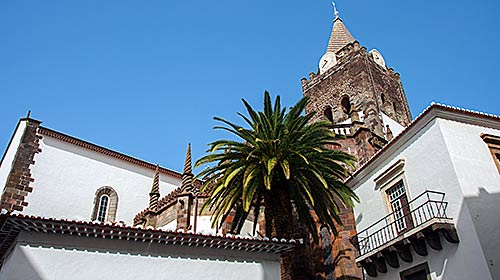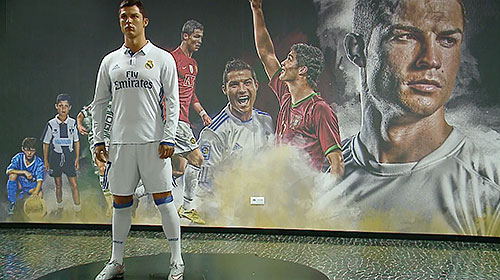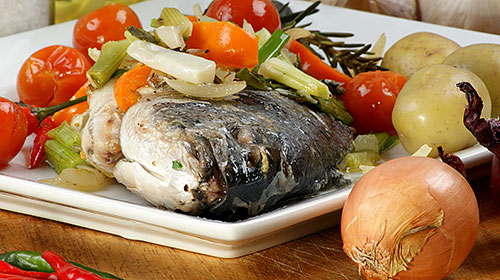Sé Catedral
Belying the treasures inside, the Sé Cathedral has a simple façade with a sturdy gothic doorway. Inaugurated in the early 1500s, its interior features beautiful Flemish paintings and an embellished ceiling carved from indigenous cedar wood, inlaid with ivory and gold. An unmissable historical site.
Igreja de São João Evangelista (Colégio church)
The Igreja de São João Evangelista is a magnificent example of a Mannerist temple from the 1600s in transition to the Portuguese baroque. Featuring a collection of carved golden altarpieces, the church also contains an impressive grand organ and eight gilded chapels decorated with azulejos, the highlight being the Chapel of the Eleven Thousand Virgins.
Igreja de São Pedro
Dating back to the 18th Century, the Igreja de São Pedro took almost 150 years to complete. This lovely church is home to a vast collection of antique paintings, jewellery and furniture, and is adorned with traditional azulejos throughout the interior walls of its nave, chancel and vestry.
Convento de Santa Clara
The 15th Century Convento de Santa Clara was an enclosed order but is now open to visitors. Take a tour of the Gothic cloisters, ornate chapels and nave, which are decorated with azulejos in a striking geometric design. The convent also contains the tomb of Madeira’s founder, João Gonçalves Zarco.
Capela das Almas Pobres
Built into the side of a cliff, this chapel was founded in 1781 in honour of the souls in purgatory. Said to be the world’s smallest church, the chapel contains a simple wooden altar, intricate frescos and a panel of tiles with the initials ‘PNAM’, meaning ‘Our Father, Hail Mary’.
Igreja do Carmo
The interior walls of Igreja do Carmo are decorated with painted azulejos and Baroque carvings from the mid-17th Century. Visitors can also admire some beautiful works of sacred art, including jewellery and gold altar vessels. There are also two stately mausoleums in the walls of the chancel.
Holy Trinity Church (English church)
Completed in 1822, the Holy Trinity Church has a distinctive neoclassical façade dominated by columns. The interior contains a compelling central dome and a fresco of palm trees to represent Madeira’s subtropical environment. The church lies within a peaceful walled garden filled with beautiful plants and trees.
Igreja de Santa Maria Maior (Santiago Menor Church or Igreja de Socorro)
This 18th Century church boasts an elegant Baroque façade with delicately crafted wooden doors, as well as a beautifully painted ceiling, traditional azulejos and a gilded altar. Every year in May, this church is the starting point of a centuries-old pilgrimage celebration dedicated to the patron saint of Funchal.
Capela do Corpo Santo
This chapel was built in the 15th Century in honour of St Pedro Gonçalves Telmo, the patron saint of fishermen. It also served as an infirmary for local fishermen and their families. Highlights include the Gothic portal and detailed paintings throughout the chancel depicting the life of the saint.
Capela da Boa Viagem
Originally founded in 1655 (although an inscription on the portico reads 1683), the Capela da Boa Viagem was dedicated to Our Lady of Redemption. Entrusted to the local municipality in the early 1900s, this chapel is currently used as a gallery and contains works by Portuguese artists Francisco and Henrique Franco.
Igreja de Nossa Senhora do Monte
Dating back to 1818, the Igreja de Nossa Senhora do Monte is the most important pilgrimage site in Madeira, with lively processions held every August. The church also contains elegant glass chandeliers, a revered statue of Our Lady of the Mountain and the austere tomb of Charles I of Habsburg.
Igreja Paroquial de Machico
Built in the 15th Century, the parish church of Machico features architectural influences from several periods, including Gothic, Manueline and Baroque elements. The interior contains richly adorned chapels while the main doorway is composed of grand Gothic archivolts and marble pillars with a circular stone window above.
Capela dos Milagres
Built in 1420 and site of Madeira’s first religious Mass, the original chapel was destroyed by a terrible flood and its treasured wooden crucifix swept out to sea. Extraordinarily, it was retrieved and returned by a passing ship! Every October, the town of Machico celebrates this miracle with a candlelit procession.
Capela de São Vicente
Established in 1694 at the mouth of the São Vicente River, this tiny chapel was carved into a solitary block of basalt in the exact place where the saint is believed to have appeared. The Baroque-style interior contains a beautiful altar and paintings of St Vincent on the ceiling.
Capela de Nossa Senhora da Piedade
Situated on a headland overlooking the sea, the 18th Century Capela de Nossa Senhora da Piedade was built by fishermen who were miraculously saved from a shipwreck.
Every September, locals commemorate this event with the procession of Our Lady of Mercy, accompanied by brightly decorated boats and traditional festivities.
Igreja de Santo António
The parish church of Santo António was constructed in the late 1700s in a Rococo style, unique to Madeira. Featuring six altars, the church was restored in the 1920s and a large clock was added to one of the tall bell towers, which still keeps the time for local inhabitants.
Igreja de São Martinho
Although work commenced in the 18th Century, the handsome Igreja de São Martinho took over 150 years to complete as the size had to be adjusted to accommodate Funchal’s increasing population. Inaugurated in 1918, the highlight is the triptych containing images of the Annunciation, Nativity, Santa Ana and St Joaquim.
Igreja da Nazaré
One of the youngest churches in Madeira, the Igreja da Nazaré was inaugurated in 2002. The modern façade has an imposing 44 metres clock tower, which has become one of the most visible landmarks in Funchal, while the interior is decorated with unique works of sacred art.
Capela de Nossa Senhora das Angústias
This chapel is located in Quinta Vigia, headquarters of the Regional Government of Madeira. Here you will find interesting pieces such as sculptures and baroque paintings. Also noteworthy for the panel of tiles, which are depicted the Fables of La Fontaine, dating back to the nineteenth century.


 English
English  Português
Português  Deutsch
Deutsch  Español
Español 

